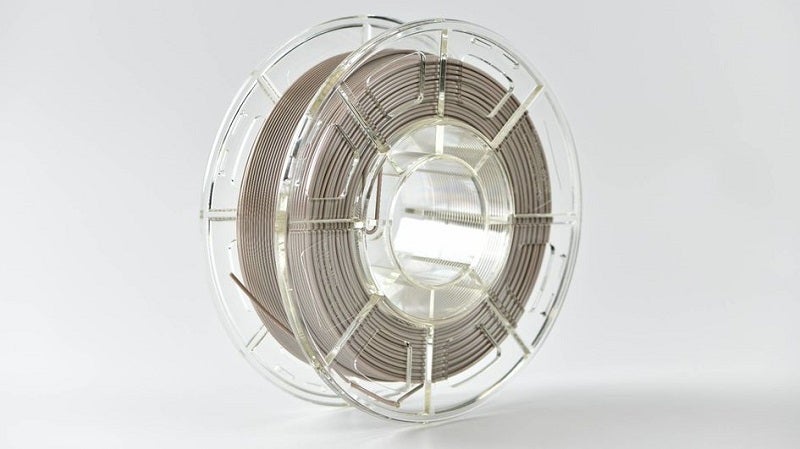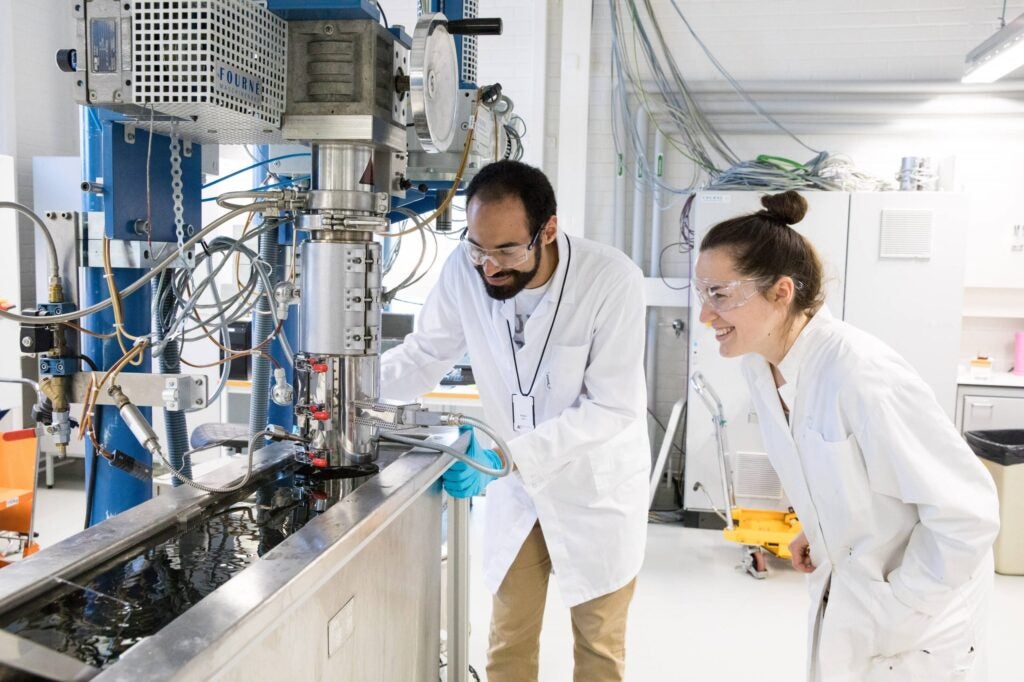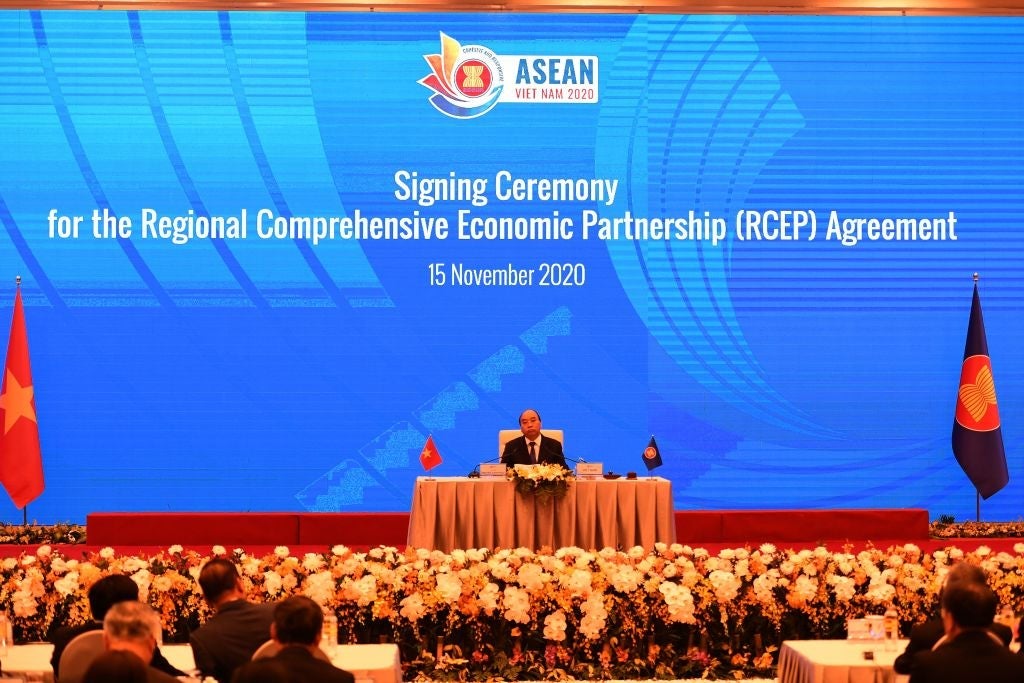
Since the early use of synthetic polymers as structural biomaterials and the production of polymethyl methacrylate bone cement in 1943, polymers have continued to compete successfully with ceramics and metals in medical device applications (Kuhn, 2000; Shalaby, 1988). Over the past few decades, biomedical engineering has emerged as a unique discipline. Crossing the traditional boundaries between physical and biological sciences, engineering and clinical applications, polymers as biomaterials have risen to a position of undeniable clinical relevance.
Recent achievements that have been made possible through the multidisciplinary approaches of clinicians and bioengineers include:
- The use of tailored, absorbable polymers as scaffold for tissue engineering of soft and hard tissues
- Advances in maxillofacial bone augmentation and total joint replacement techniques
- The fast-growing use and potential applications of PEEK and PEEK-based biomaterials (Borden 2007; Zhang 2007; Shalaby et al 2007; Jarman-Smith 2006)
Of these three main groups, those associated with PEEK are believed to play a major role in the renaissance of polymeric biomaterials.
BIOMECHANICAL RATIONALE FOR USING PEEK
Most PEEK biomedical applications are associated with bone tissues having flexural moduli of less than 20GPa, while practically all currently used metallic implants range from about 40 to 80GPa.
Such large differences in modulus are frequently associated with bone resorption, due to stress shielding. This directed the addition of PEEK as a bioinnert, crystalline, creep-resistant thermoplastic polymer having a modulus of less than 5GPa, which can be increased to approach 20GPa or even 150GPa through reinforcement with chopped or continuous carbon fibres, respectively.
How well do you really know your competitors?
Access the most comprehensive Company Profiles on the market, powered by GlobalData. Save hours of research. Gain competitive edge.

Thank you!
Your download email will arrive shortly
Not ready to buy yet? Download a free sample
We are confident about the unique quality of our Company Profiles. However, we want you to make the most beneficial decision for your business, so we offer a free sample that you can download by submitting the below form
By GlobalDataDISC DEGENERATION
One of the most challenging clinical problems facing the population of technologically advanced countries is discogenic back pain. The etiology relates to chronic intervertebral disc generation, which is the major cause of disability in patients over 50 years of age, a fast-growing fraction of the ageing population in advanced countries (Hassett, 2003).
In a study of the long-term mechanical integrity of non-reinforced PEEK for demanding applications, Ferguson et al (2006) evoked the use of experimental and finite element analysis to verify the mechanical stability of PEEK-OPTIMA in a simulated physiological environment and over an extended loading period. This supports the use of the polymer for load-bearing intervertebral implants.
Cervical fusion is used to correct cervical disc disease. PEEK cage has been shown to be a good substitute for autogenous iliac crest graft (AICG) fusion (Cho 2002). A spinal implant system has also been developed to treat scoliosis without spine fusion (Rivard 2002). This study was performed in a rabbit animal model and evaluated the effect of PEEK wear particles.
Analysis of the spinal cords showed that there was no necrosis or swelling of the dura mater or nerve roots, deeming PEEK as harmless to the spinal cord. Preliminary results of a more recent clinical study to determine the safety and efficacy of PEEK cages for anterior cervical fusion led Mastronardi, et al (2006) to note that PEEK cages appear to be safe and effective for ACF.
ORBITO-FRONTO TEMPORAL RECONSTRUCTION
PEEK implants may also improve orbito-fronto temporal reconstruction in the future. One study described a computer-designed PEEK patient-specific implant for use in large calvarial defects (Scolozzi, 2007). This was the first of its kind and may pave the way for more investigations in this area.
SURFACE MODIFICATION OF PEEK
Contemporary emphasis on the role of physiochemical and micromorphology of implant surface provided a strong incentive to pursue focused studies on surface modification of selected PEEK implants and models, to assess the effect of these modifications on their in vivo performance.
Among the most promising studies are those focusing on new approaches to increase osseointegration at bone-implant interface. These, in turn, dealt with direct surface phosphonylation of solid-state, oriented PEEK to produce a hydroxyapatite-like surface after the immobilisation of calcium ion. There is also focus on surface microtexturing and / or phosphonylation of PEEK and carbon fibre reinforced-PEEK (CFR-PEEK) endosteal implants (EDIs). There has also been an evaluation of surface-modified EDIs using a titanium control and a beagle mandibular model (Shalaby and Anneaux, 2007).
Collective analysis of the biomechanical and histomorphometric results indicated that the functional performance of EDIs with phosphonylated CFR-PEEK immobilised calcium were better than those of similarly treated EDIs of solid-state, oriented PEEK, but were superior to those made of titanium with the same design. This led these authors to call for an exploration of the use of phosphonylated CFR-PEEK in high load-bearing orthopaedic applications.
Additional studies on surface modification of PEEK dealt with smoothing its surface using low-energy ion beam irradiation (Kim, 2004). In this study, irradiation with a low-energy Ar+ ion beam decreased the surface roughness of a PEEK film in a time-dependent manner. This effect was enhanced when irradiation took place in a reactive O2 environment.
The ion beam irradiation, with or without an O2 environment, also increased the adhesive strength between PEEK film and copper metal, compared to untreated PEEK.
ARTICULATING JOINT APPLICATIONS
Designing materials for use in articulating joints presents a challenge, because the material must be able to withstand friction while producing minimal, if any, wear particles. Joyce et al (2006) found that PEEK exhibited more gravimetric wear than ultra-high molecular weight polyethylene in capped metacarpophalangeal prostheses.
However, carbon fibre reinforced-PEEK (CFR-PEEK) has been shown to have lower wear compared to conventional joint materials such as metal-on polyethylene and metal-on-metal combinations (Scholes 2007).
MULTIFILAMENT YARN
Knitted carbon/PEEK fabric composites are a feasible option for use in orthopaedic bone plates for forearm or humerus treatment (Fujihara, 2004). Earlier, Fujihara et al (2003) used braided carbon/PEEK composite to demonstrate that braiding angle and plate thickness can be modified to suit the specific anatomical application.
POSSIBLE LIMITATIONS
Controversy over the use of intervertebral fusion after interior cervical microdissectomy was challenged by Sekerci et al (2006), who implanted a PEEK cage containing synthetics bone particulates in an effective and safe treatment of cervical disc disease to achieve immediate stabilisation. The authors noted that this (a) provides an easier implantation technique, (b) avoids donor site morbidity and (c) leads to an increase in height and cross-sectional area of neural foramina.
This creates a new opportunity for the use of PEEK-based systems. However, the use of CFR-PEEK in components of high load-bearing articulating joints where wear can take place, presents a possible limitation for the use of PEEK. This is because a wearing surface of CFR-PEEK can yield microfragments of carbon fibres, which can lead to biomechanical incompatibility at and beyond the implant site.
PERSPECTIVE ON THE FUTURE
Overall, PEEK shows low wear compared to conventional material combinations and the wear particles created show no adverse reaction in the body in studies conducted so far. Surface modification may overcome the wear limitations.
PEEK-WC, a novel membrane with low plasma protein affinity related to surface force energy parameters, is an example of another such modification that produces a membrane showing low protein affinity (De Bartolo, 2004), which is a desirable characteristic for biomedical devices in contact with blood. PEEK is a versatile material that shows great potential for use in many applications.






